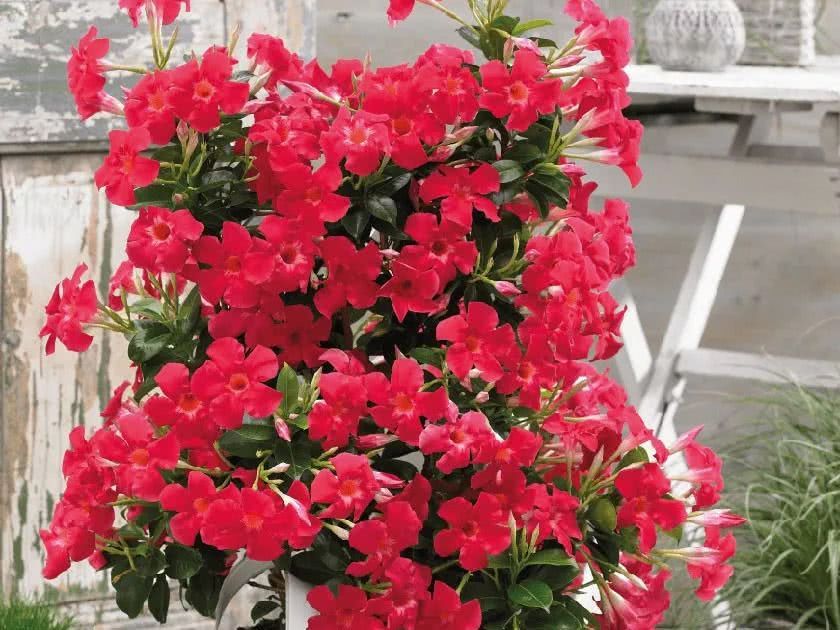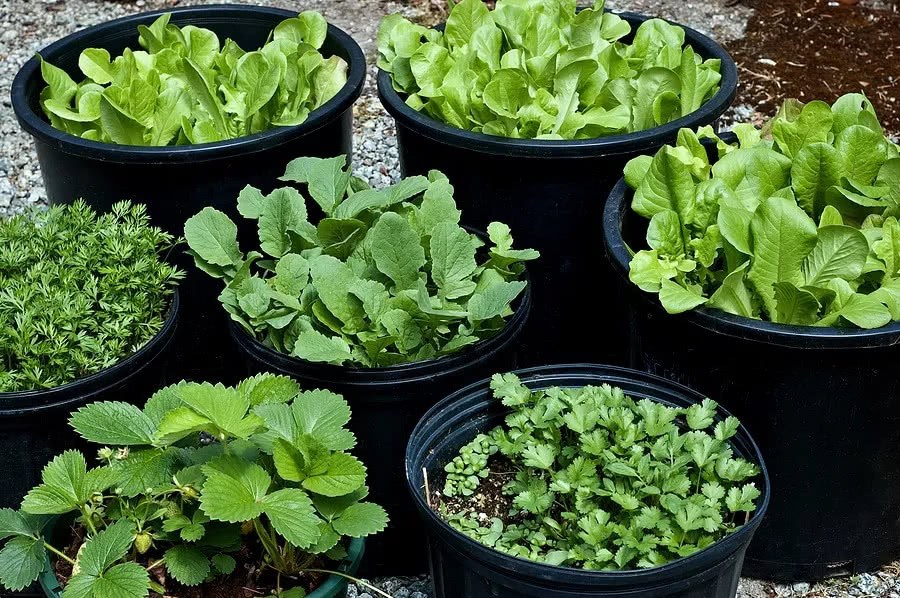9 potted gardening tips that novice flower growers should master to grow flowers easily.

When you really master the conservation skills of potted flowers, you will find that growing flowers is getting easier and easier, and you will spend more time watching your plants instead of harvesting an empty pot. here are some gardening techniques for beginners.
1. Avoid stagnant water
The most important thing in the conservation of potted plants is watering. Before cultivating plants, you must choose a flowerpot with enough drainage holes. Flowerpots without drainage holes can not be used to grow soil-grown plants.
The stagnant water in the soil is easy to rot the roots, and the soil is moist for a long time, which can easily lead to root rot. If you find that the moisture in the soil cannot be released for a long time, be sure to put it in a well-ventilated place and dry it in time.
two。 Distribution of soil
Some people do not know how to mix the soil, and the basin soil is easy to accumulate water and agglomerate, so you can add 2-3 equal portions of river sand or perlite to the soil and add properly mature organic compost soil to ensure that the soil is fertile, loose and well drained. You can also choose containers with excellent air permeability and drainage capacity, such as common red pottery pots and tile pots.
3. Replenish appropriate light
The maintenance of potted plants should be given appropriate light, the vast majority of plants need a certain amount of light to grow well, if there is no sunlight indoors, it is necessary to add enough light, do not keep the plants in a completely dark place.
Maintain potted plants in the summer when it is too hot, it is also necessary to properly shade, in the afternoon to avoid exposure, before growing flowers to understand their needs for sunlight, understand the plant varieties.
4. Replenish fertilizer regularly
Most of the soil can not provide continuous nutrients to plants, in the plant growing season, it is necessary to regularly supplement fertilizer to plants, so as to promote the good growth of plants and flowers and be conducive to flowering.
The growing season of most flowers is in spring and summer. At this time, slow-acting organic liquid fertilizer should be replenished every 2-3 weeks. Plants raised indoors should reduce the amount and frequency of fertilization, and the concentration should not be too high, otherwise plants are easy to burn.
When the weather starts to cool in autumn, you should slowly stop fertilizing and be careful not to give raw fertilizer, that is, all kinds of unripe fertilizers, such as tea grounds, coffee grounds, etc., and the rice washing water should not be poured into the soil without fermentation.
5. Understand the growth habits of flowers
Before choosing and buying plants, we must first understand whether the environment at home is suitable for the cultivation of certain plants, whether there is light in the location of conservation, how the environment is ventilated, and so on.
Common foliage plants are very suitable for growing indoors. They are usually all kinds of potted green plants and can grow well in shady places indoors.
If it is a flowering plant, it is to be raised in a balcony or yard with more light.
6. Combined potted plant
Not all plants are suitable for growing together. You need to put the same light-loving plants into a flowerpot, or plants that also like more water, such as the common mint, basil and parsley.
If it is drought-tolerant plants, can also be planted together, such as common aloe, tiger skin orchid, Yushu and golden branches and jade leaves and so on.
7. Make labels for plants
If you are a novice gardener, you will often forget the variety of a flower and its growth habits, and do not know how much light, moisture and fertilizer it likes.
Then you need to put a label next to the plant, and you can record its growth habits, such as common gardening labels, and write notes on it in pencil.
8. Treatment of diseases and insect pests
Novices are very afraid to deal with plant diseases and insect pests. Once they find that plants have diseased leaves or pests, they are confused and do not know how to deal with them. Some friends even throw away these plants with diseases and insect pests directly.
Once it is found that plants are infected with diseases and insect pests, it is necessary to deal with them in time, cut off all diseased leaf disease branches, and spray fungicides in time.
If you find that pests should be removed in time, if you grow more flowers at home, you can prepare more common pesticides.
9. Learn to breed plants
In the fun of conserving potted flowers, it is also very important to learn how to propagate flowers correctly. You can use plant branches for cutting propagation. If you want to improve the success rate of cutting propagation, you can prepare some rooting powder.
Remove the leaves at the bottom before cutting, cut the bottom oblique cut, dip it with a little rooting powder, and then cut it in the soil to keep the soil moist, ventilated and with a certain amount of air humidity. the best temperature is about 20 degrees.
- Prev

Pink fragrant rattan flowers that easily climb the whole wall can also grow exuberantly in flowerpots.
Piaoxiang vine is a very charming tropical climbing vine flowering plant, it likes to grow in a warm and humid environment all the year round, the maintenance location must have as much light as possible to blossom, it can not only be planted in the yard, but also very suitable.
- Next

Friends grow vegetables in these seven large containers. Families don't have to buy vegetables anymore.
Many friends will think that growing vegetables in flowerpots is not worth mentioning. the vegetables planted can be eaten in a day or two. in fact, this is a certain misunderstanding for vegetables, some vegetables can be harvested continuously, and friends use some waste.
Related
- Wuhan Hospital Iron Tree Blooming Result Was Instantly Frightened by the Gardener Master
- Which variety of camellia is the most fragrant and best? Which one do you like best?
- What is the small blue coat, the breeding methods and matters needing attention of the succulent plant
- Dormancy time and maintenance management of succulent plants during dormancy
- Minas succulent how to raise, Minas succulent plant pictures
- What are the varieties of winter succulent plants
- How to raise succulent plants in twelve rolls? let's take a look at some experience of breeding twelve rolls.
- Attention should be paid to water control for succulent plants during dormant period (winter and summer)
- Watering experience of twelve rolls of succulent plants
- Techniques for fertilizing succulent plants. An article will let you know how to fertilize succulent plants.

